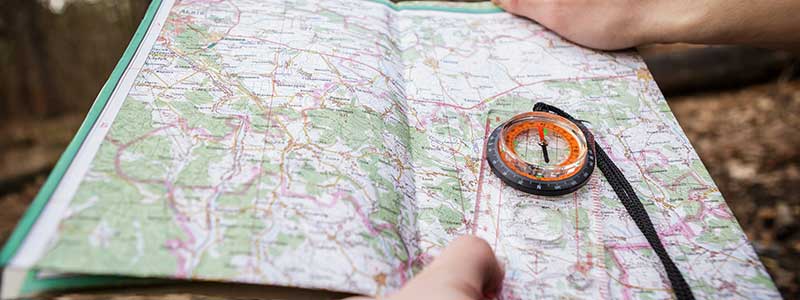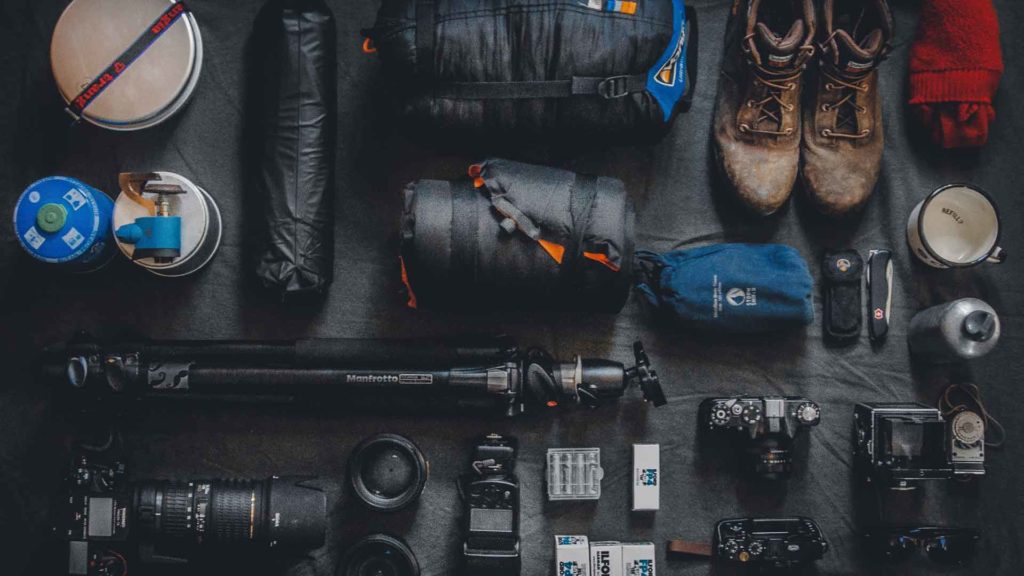Staying prepared and safe for the issues of the unknown in the wild involves getting a survival kit. Although all kits have made to give you valuable supplies, they have not made the same way. Kits are out there have made to survive in the wilderness, emergency earthquakes, and camping issues.
Besides, there are some other types of survival kits. They include first aid kits, 72-hour kits, winter survival kits, pets’ survival kits, and more. It doesn’t matter the type of survival kit; it needs to be as light as compact along with essential supplies.
Here is what this means if it comes to be remaining safe in the outback. So, before you look for the best survival packs, let’s know more about the advantages of survival kits.
Fire Starters
A set of matches, a magnifying glass, emergency fuel, and a flint or magnesium fire starter can keep you from running out of options for starting a fire. This way, you’ll have many backups if you misplace your flint or your matches become wet.
The more alternatives you have, the better. While waterproof matches and lighters are available, they are not the most excellent choice since they have used up much faster than a magnesium fire starter or a magnifying glass. This does not have a restriction on the number of times you may use it.
Multi-Tool & Knife
A multi-tool with numerous folding blades, scissors, pliers, tweezers, and a screwdriver should include in a kit. Always keep your multi-tool in a pocket that is simple to access. Also, have a knife with a full-tang that can withstand the battering.
Illumination
A torch is beneficial not just for seeing in the dark. But, it may also be used as a signaling device. If you get lost or become stranded someplace, activating the SOS setting on your torch might help people notice you.
A light with a lumen rating of 600 to 1000 is appropriate for camping and other outdoor activities such as hiking and hunting. You can use a headlight with a lumen output of 10 to 20 lm for close-up tasks in the tent. You should also take the best solar power bank with you while going forcamping and other outdoor activities. It will a good decision for you.
Food
Your survival kit should also include calorie-dense meals that will keep you going for three days. This often comprises high-calorie energy snacks, freeze-dried meals, and ready-to-eat meals (MRE).
When you plan on doing a lot of exploring during the day, you should plan on consuming between 2,000 and 2,500 calories each day.
Navigation

When it comes to navigating through a forest or returning home, a GPS gadget is essential. But, if your GPS battery dies, you’ll need something else to rely on, which is why you’ll need a compass and a map.
While determining where you are and where you should be going may take some time, you should not worry about running out of electricity.
Medical Supplies
Although it isn’t a first aid kit, medical materials should still include in your survival pack. Bandages, antiseptic wipes, burn cream, pain reliever tablets, and a splint are all essentials. Individual prescriptions should be provided on your part as well.



